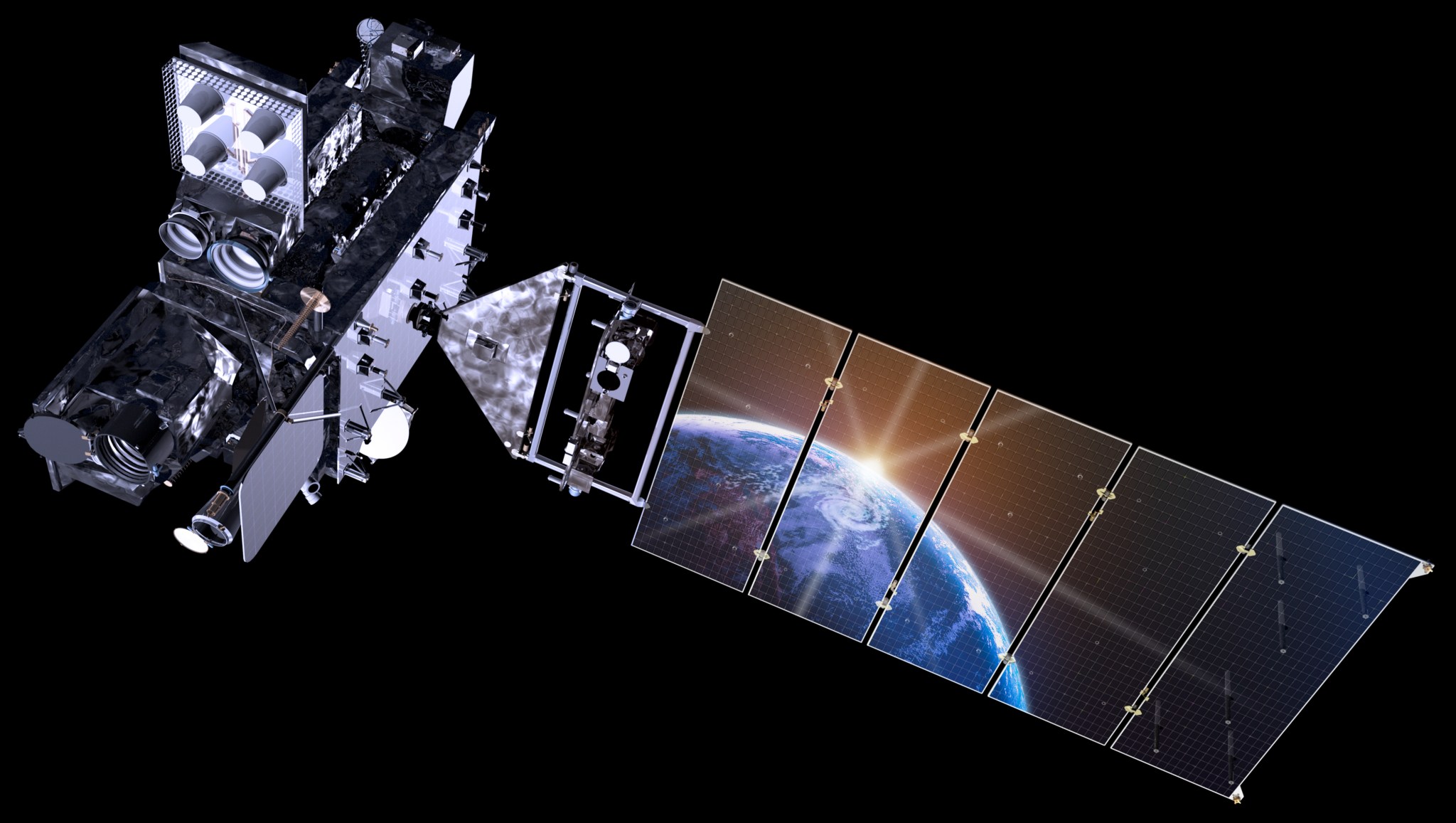
With eyes to the future of improved weather forecasting, the team behind NOAA’s Geostationary Operational Environmental Satellite-R Series will launch its first satellite, GOES-R, one year from now in March 2016.
GOES-R will be launched from NASA’s Kennedy Space Center at Cape Canaveral, Florida, on board an Atlas V rocket into geosynchronous orbit where it will have a view of the Western Hemisphere from 22,000 miles above the Earth. In this position, the satellite is poised to capture near-real-time observations of weather across the United States and the surrounding oceans.
The new observation capabilities that GOES-R will offer are in high demand. Once the satellite is on orbit, it will be operational throughout the typical checkout and validation phase. That means data will be available sooner for input into models and other tools used by NOAA’s National Weather Service meteorologists.
What goes into building and launching a satellite? Go behind the scenes in this animated video. View images of the satellite under construction on NOAA’s Flickr page.
The Geostationary Operational Environmental Satellites – R Series (GOES-R) is the next generation of geostationary Earth-observing systems. The GOES-R program is a collaborative development and acquisition effort between the National Oceanic and Atmospheric Administration (NOAA) and NASA.
Related Links
- Related story: Top 5 Reasons Why NOAA’s GOES-R Satellite Matters
- GOES-R website
- NASA’s GOES Program website
- NOAA’s GOES Program website
Rob Gutro
NASA’s Goddard Space Flight Center, Greenbelt, Maryland

























